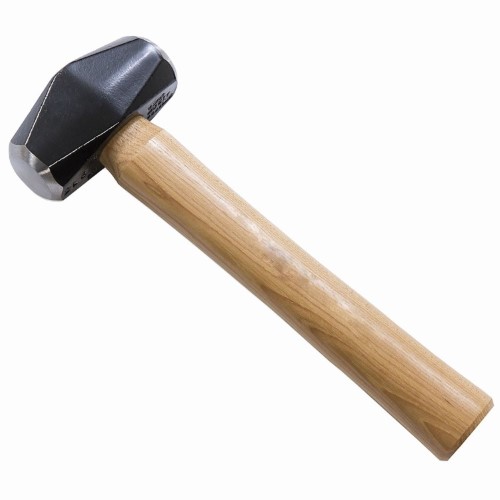
Like almost all machines, the Lapera DS requires a little maintenance every once and a while.
- Daily
- Draw the equivalent of a shot or two of water through the group before making the first coffee of the day. This brings fresh water into the group and brew reservoir. Fresh water is a good thing. Allow the group a couple or three minutes to recover before pulling a shot.
- I rinse my PF under the faucet after each use. This is greatly facilitated by the bottomless portafilter.
- Once in a while – I clean the underside (the exposed side) of the shower screen and the bayonet (the inside of the grooves that hold the portafilter) with some paper towel, the ubiquitous and infinitely useful chopstick tool (free from you local supplier, or you can purchase the branded Lapera version for $199.95) and a (dedicated) tooth brush.
- Depending on usage, and at a frequency that is still to be determined as the groups wear in, but I would guess quarterly to semi-annually for daily domestic use:
- Re-grease the piston seals and clean the shower screen or, for groups with that have an E61 slip-on screen, either clean it or replace it. This isn’t hard, but it does require taking the group apart:
- Turn off the machine and let it cool
- Turn off the water supply
- Lower the lever to relieve any residual water pressure and return it to the upper position
- Unscrew and remove the lever handle
- Remove the group cover (two Phillips screws)
- (Optional – Replace the lever and pull it down and place it against the lower stop to raise the piston in the bore to aid with removal)
- Remove four M6 Allen (hex-drive) screws
- Pull the piston assembly up and out of the group
- Remove and clean the shower screen by pushing down on it firmly with a rolling pin or some other handy roughly cylindrical, tool that wont scratch the bore or damage the screen. The clip-on screens may require a little encouragement with an authoritative (but not extremely so) tap on the top of the rolling pin.
- Re-grease seals and the inside of the piston bore with a very small quantity of food-safe silicon grease such as Molykote 111 – you really don’t need much, this is very much a case of less is more.
- Slide the piston assembly carefully back into the group and reassemble everything except for the shower screen.
- Turn the water supply back on and pull a little water through the group with a bowl held underneath it to catch the water that will spray everywhere without the shower screen installed.
- Depending on how much you applied, you may now see a few “worms” of grease protruding from the vents on the bottom of the piston. Wipe these off with a piece of paper towel.
- Turn on the machine and let it warm up and then check the vents for more “worms”.
- Either turn the machine back off again and let it cool, or, if you have asbestos fingers, reinstall the shower screen.
- Make coffee.
- Descaling – Depending on your water quality you may need to flush the entire hydraulic system (boiler, group and taps) with a descaling solution (3% citric acid by weight works well) at usage-dependent intervals. This is most easily done if you have a filter housing in line with the machine. Eventually, we will/may get around to posting some kind of instructional video on this… for now, you are on your own.
- Flushing the boiler – Even if you do not need to descale the machine, if you draw steam from the boiler, whatever mineral content there is in the water supply will be left behind in the boiler. Draining the boiler at regular intervals is therefore recommended (quarterly or semi-annually with daily use maybe – this really depends on your water supply). DO NOT open the drain valve while the machine is hot – doing so is dangerous and can damage the valve. Instead:
- Turn off the machine
- Allow it to cool below 70°C (which is still scalding hot – so be careful – but will not damage plastic waste-water plumbing).
- Remove the drip tray and locate the drain valve connected to the sump.
- Ensuring that the machine is below 70°C, open the drain valve and allow the boiler to drain completely.
- Close the drain valve and refill the machine as per the instructions in the installation guide.
- Re-grease the piston seals and clean the shower screen or, for groups with that have an E61 slip-on screen, either clean it or replace it. This isn’t hard, but it does require taking the group apart:
- Yearly or bi-annually or eventually sometime
- Replace the piston seals – Yeah, like the brakes on your car, this will have to be done at some point. Hopefully I will have time to write this up before anyone needs to do it…
That is about all I can think of that should be required in terms of regular maintenance in order to keep your machine in tip-top condition.
Maintenance guide. 2022 10 02 Version: 1.00
